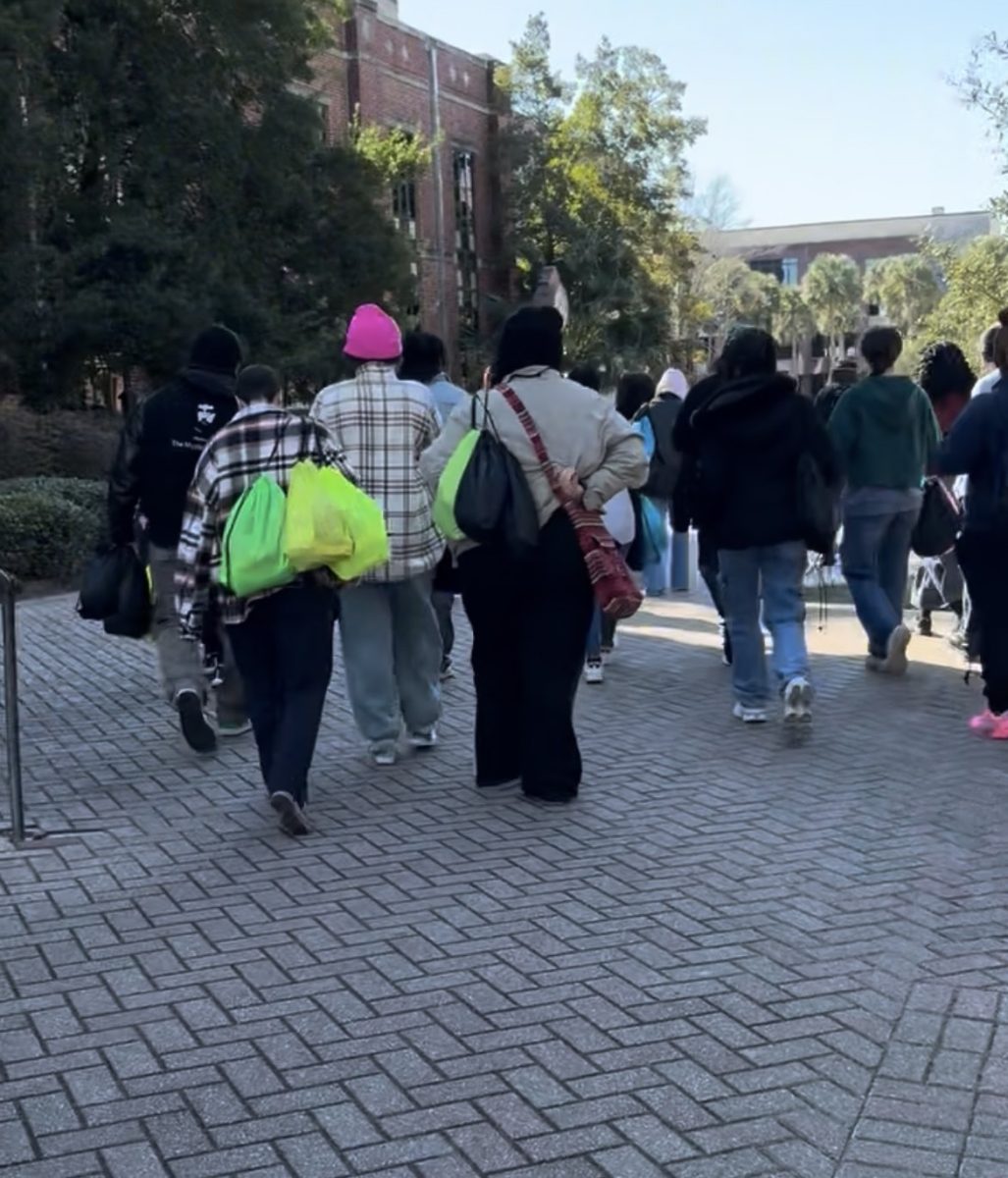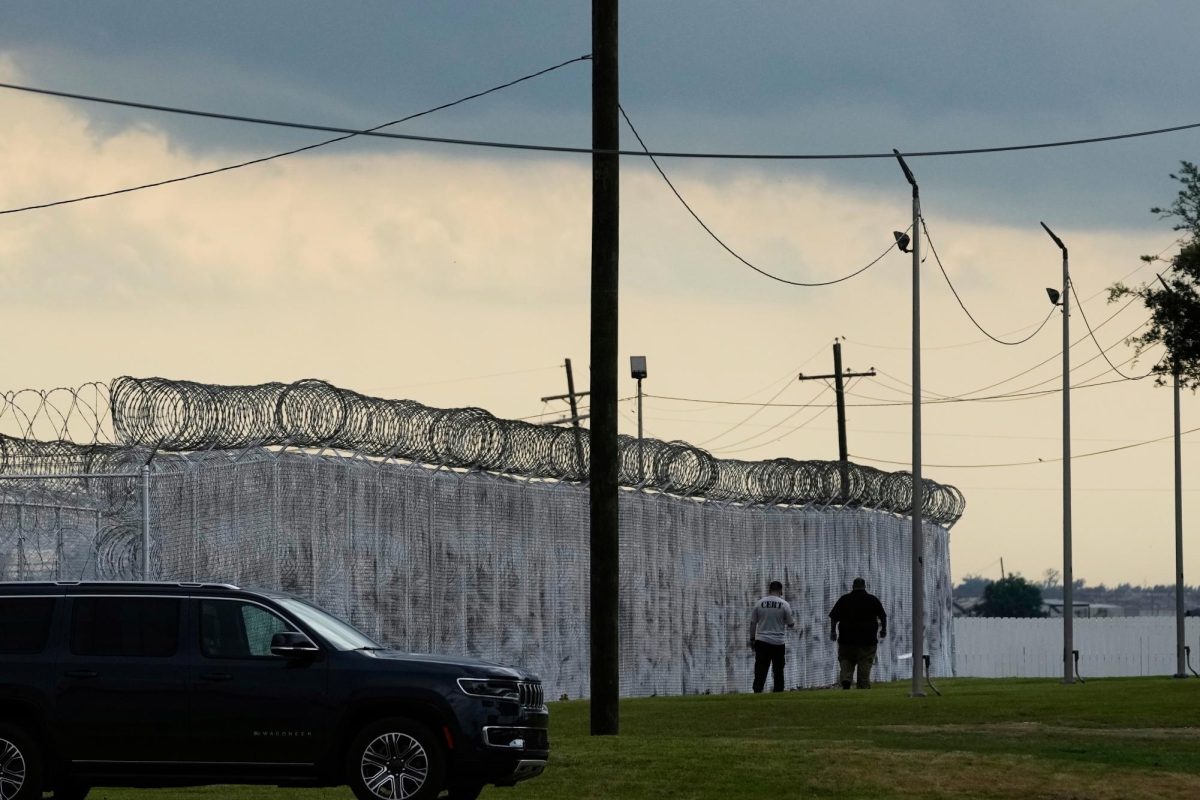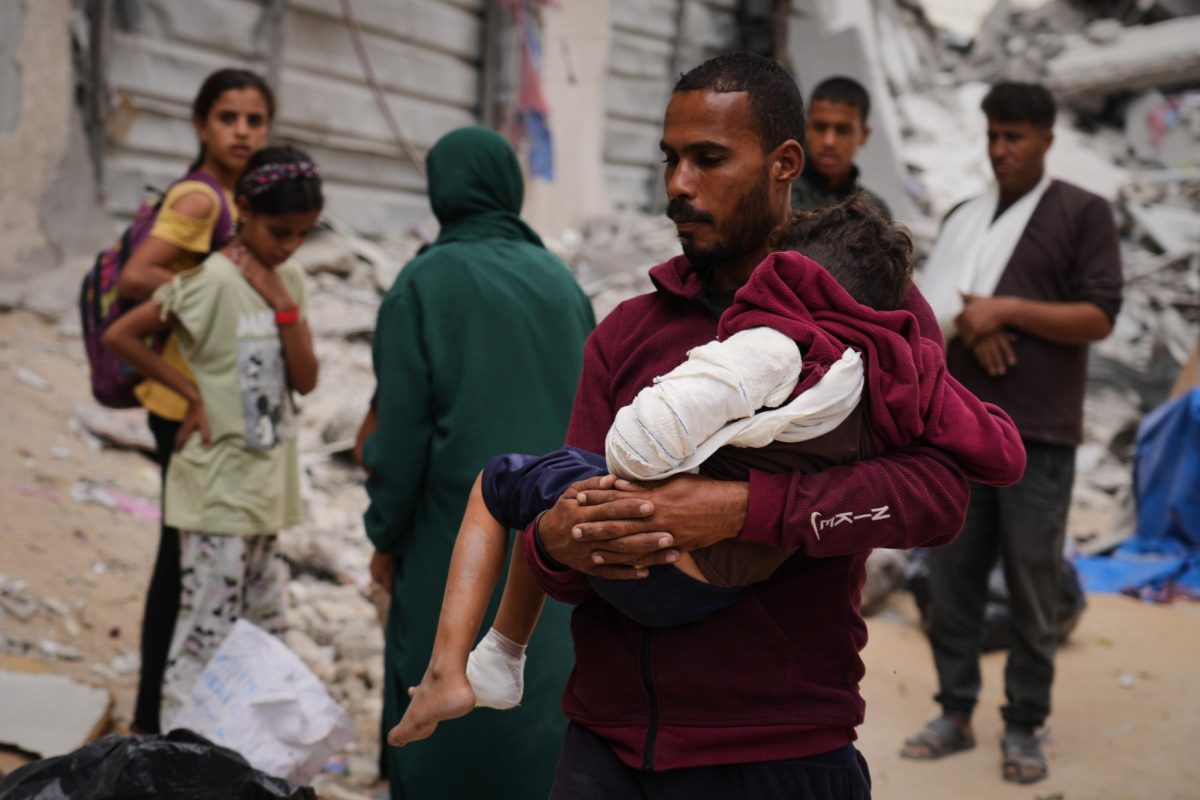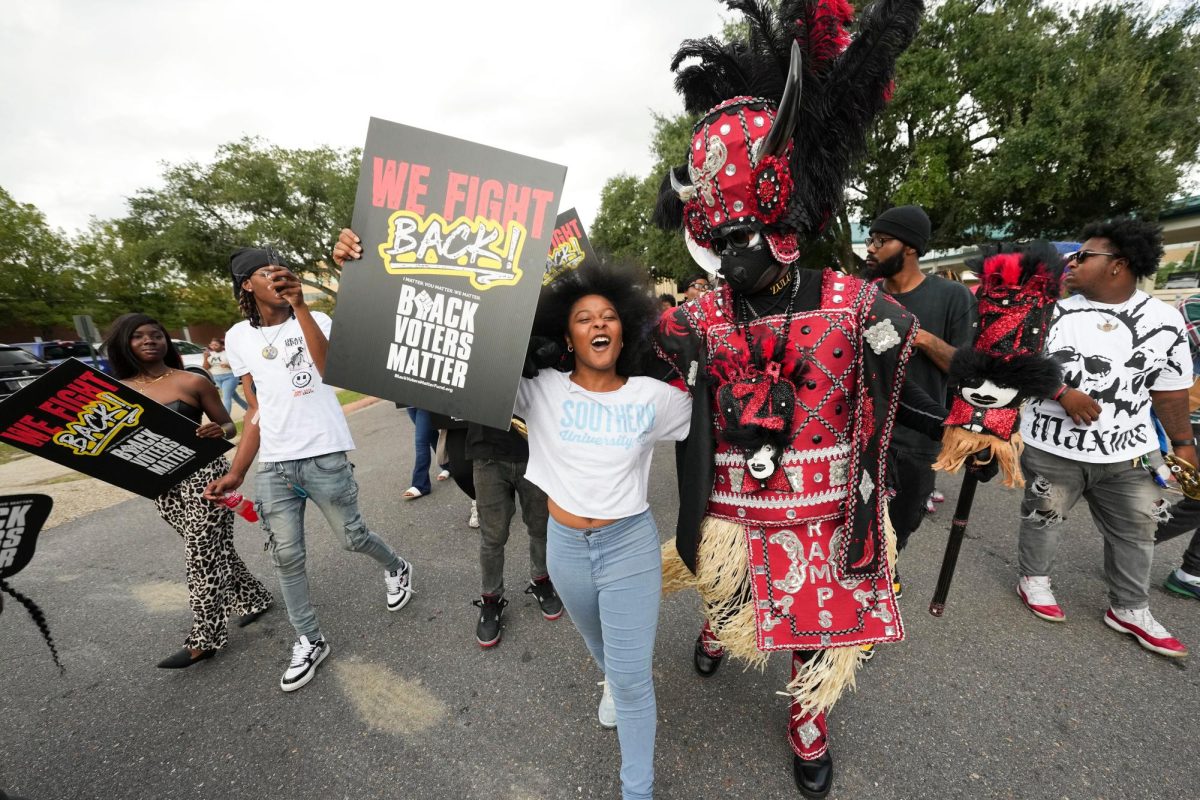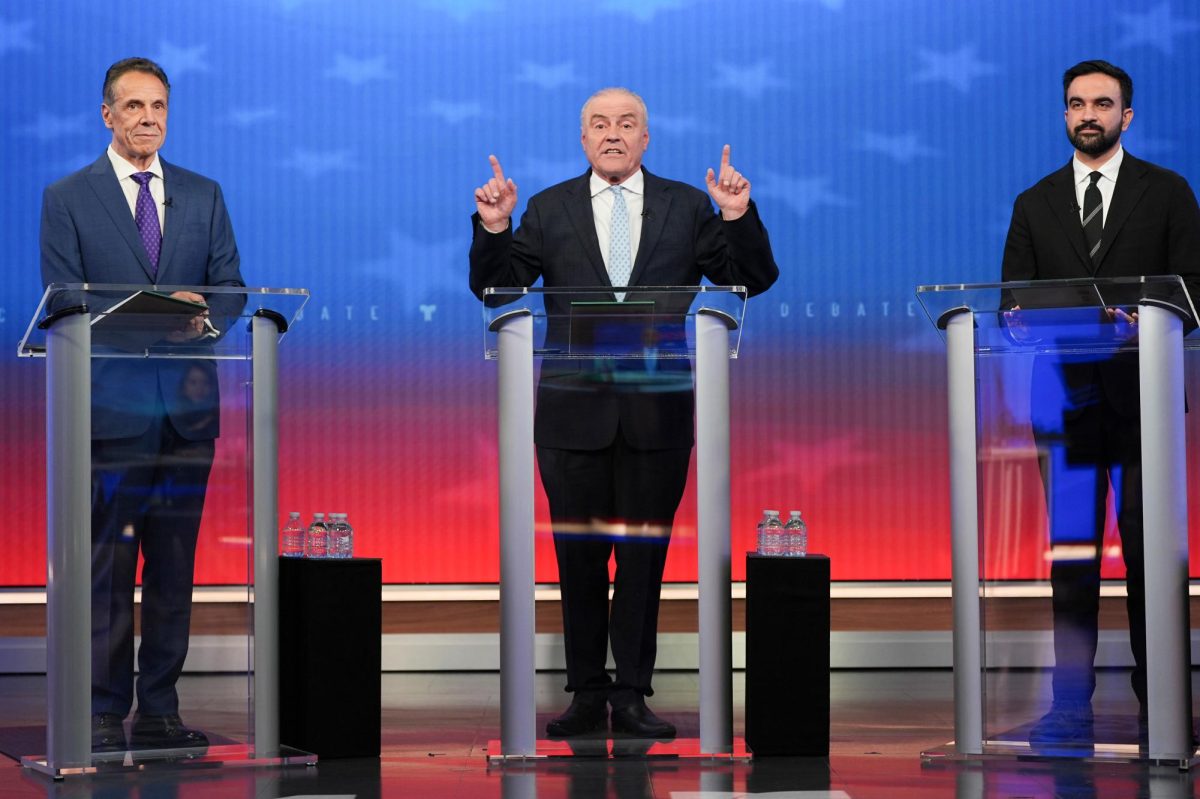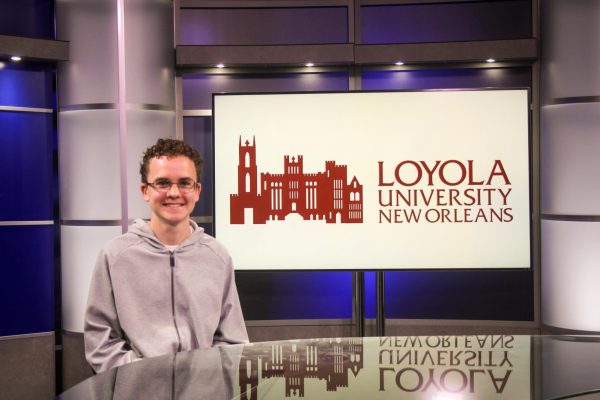Two days after Hurricane Katrina hit New Orleans, a picture of President Bush surveying the damage from Air Force One was released. The picture would cause major controversy, giving many the impression that the president was out of touch and insensitive to the suffering caused by the storm.
Professor Robert Thomas, Director of the Center for Environmental Communications, who was in New Orleans at the time, did not believe that the photo represented a lack of empathy from the president.
“He was looking at the devastation from above; it didn’t bother me at all. But people that didn’t like Bush thought he was staying aloof and staying away,” Thomas said.
The day Katrina hit, August 29, 2005, Bush was on vacation at his ranch in Crawford, Texas, where he stayed for two more days before cutting the vacation short and heading back to Washington.
On Sept. 2, five days after the storm, Bush made his first trip to New Orleans. However, his visit only cost him more criticism. Federal Emergency Management Agency director Michael Brown, who was largely blamed for failing to respond competently, was famously praised by the president, who said, “Brownie, you’re doing a heck of a job.”
“I wasn’t excited about [the quote], ‘cause I knew that he was not doing a heck of a job,” Thomas said.
However, Thomas believes it’s important for presidents to compliment staff in public, while saving the criticism for private meetings.
“I understood in public that presidents need to be complimentary of staff. And if they’re not doing their job, tear them up in private,” he said.
Another source of criticism was the belief that the government was being neglectful of minorities and poor communities, since the city is mostly made up of Black people and many are living in poverty.
Charles Cannon, an instructor at Loyola who specializes in New Orleans and racial issues, agreed that race could have played a role.
“I think we can’t rule out race as a factor, simply because so few Republican voters are African-American,” Cannon said. “Both conservative and liberal national voices found ways to otherize New Orleans and scapegoat us for problems affecting the whole country: conservatives were triggered by seeing so many Black people in one place, concluding that the city failed to sufficiently police its Black population.”
In his memoir, Bush reflected on the infamous picture of him in Air Force One. “That photo of me hovering over the damage suggested I was detached from the suffering on the ground. That was not how I felt. But once that impression was formed, I couldn’t change it,” he wrote.
Although some blame the state and local governments for Bush’s slow response, the president was widely blamed for the damage, and his public approval dropped to its lowest point up until that moment.
“In a national catastrophe,” Bush said in his memoir, “the easiest person to blame is the president.”


